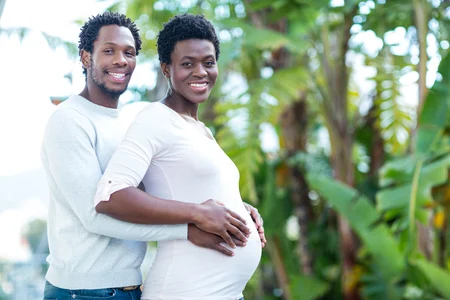Your cart is currently empty!
Understanding Limb Differences in Special Needs Adoption
When my partner and I first explored the possibility of adopting from China, we were informed that the wait time for a child was approximately six years. Initially, it felt overwhelming, and we considered abandoning the idea altogether. However, our adoption agency introduced us to the special needs program, which promised a significantly shorter waiting period. My initial reaction was one of resistance; I was apprehensive about the term “special needs.” It suggested challenges that I believed required a level of strength and commitment that we might not possess. However, before dismissing the idea entirely, we decided to educate ourselves about what we might be rejecting.
The special needs adoption program in China encompasses a wide range of medical conditions, from minor issues like a missing thumb to more complex disabilities, such as Spina Bifida. Families are encouraged to specify which conditions they feel equipped to manage. After thorough research and some deep breaths, we bravely opted to engage with special needs adoption.
It can be difficult to comprehend why certain cultures categorize minor physical differences as special needs. This article is not intended to criticize cultural perspectives but rather to broaden understanding of how these classifications might influence your adoption journey.
As our paperwork progressed, we received a list of various medical conditions. One term caught my attention: “limb differences.” Unsure of its implications, I consulted my trusted source, Dr. Google, and discovered that limb differences refer to congenital anomalies that result in the absence or malformation of limbs, often with unknown causes. Feeling optimistic, I indicated our willingness to consider this option. A few weeks later, I found myself captivated by a photograph of a seventeen-month-old boy with a congenital hand abnormality. I knew I wanted to be his parent.
Now, my son is four years old and is missing his right hand, which has a small stub and four finger nubs. My daily interactions often include commands like “get down!” and “don’t touch!”—similar to any parent of a spirited young boy. He climbs, catches balls, and adeptly opens containers he shouldn’t. He can even outmaneuver his brother, enticing him with stolen toys. Just recently, he got into trouble for applying lotion to my Kindle, pretending it was a baby. I have often described my son in various terms, but “handicapped” has never been one of them.
As my son navigates his environment, he adapts to his physical attributes. While buttons and shoelaces present challenges, he has already mastered push-ups by age four. I have complete faith that he will achieve whatever he sets his mind to.
One of the most challenging aspects of parenting a child with a limb difference is managing my reactions to the comments and stares from others. Young children often express curiosity, asking questions about his hand or whether it’s an injury. Most adults tend to understand its congenital nature, but children take my simple explanation—“this is how he’s made”—and move on.
Occasionally, we encounter rudeness or ignorance. For instance, a seven-year-old once shouted, “OMG, did you SEE that kid’s hand?” at a volume that startled everyone. A woman on public transportation reacted as if she’d seen a monster, exclaiming, “how gross.” In these moments, my instinct is to defend my son fiercely. However, I recognize that if I correct every inappropriate comment, he won’t learn to navigate a world where not everyone will be kind. It’s crucial for him to develop his own coping mechanisms for such situations.
While my son’s limb difference is noticeable, reactions vary widely—from indifference to friendly curiosity. Thankfully, instances of cruelty have been rare. I anticipate that he might face teasing in the future, but I trust that he will handle it with resilience.
Currently, there is no “cure” for limb differences. While advancements in technology may someday offer solutions, we are taking a measured approach regarding prosthetics. At this stage, there’s nothing he cannot do that would necessitate a prosthesis, so we will make that decision together when he is older.
He affectionately refers to his limb as his “little hand,” and he is more than happy to share it with anyone who asks. He might say, “It’s just my little hand,” before moving on to compliment someone’s outfit or inquire about candy. We sometimes call it his “lucky fin,” a playful nod to a beloved character, and I appreciate the positive representation of limb differences in media today.
In summary, adopting a child with a limb difference can be a fulfilling experience, presenting unique challenges and opportunities for growth. As parents, it’s essential to foster an environment of understanding and resilience, preparing our children to navigate the world confidently.
For more insights on similar topics, consider visiting our related post on this blog or exploring resources for pregnancy and home insemination at this excellent site.
